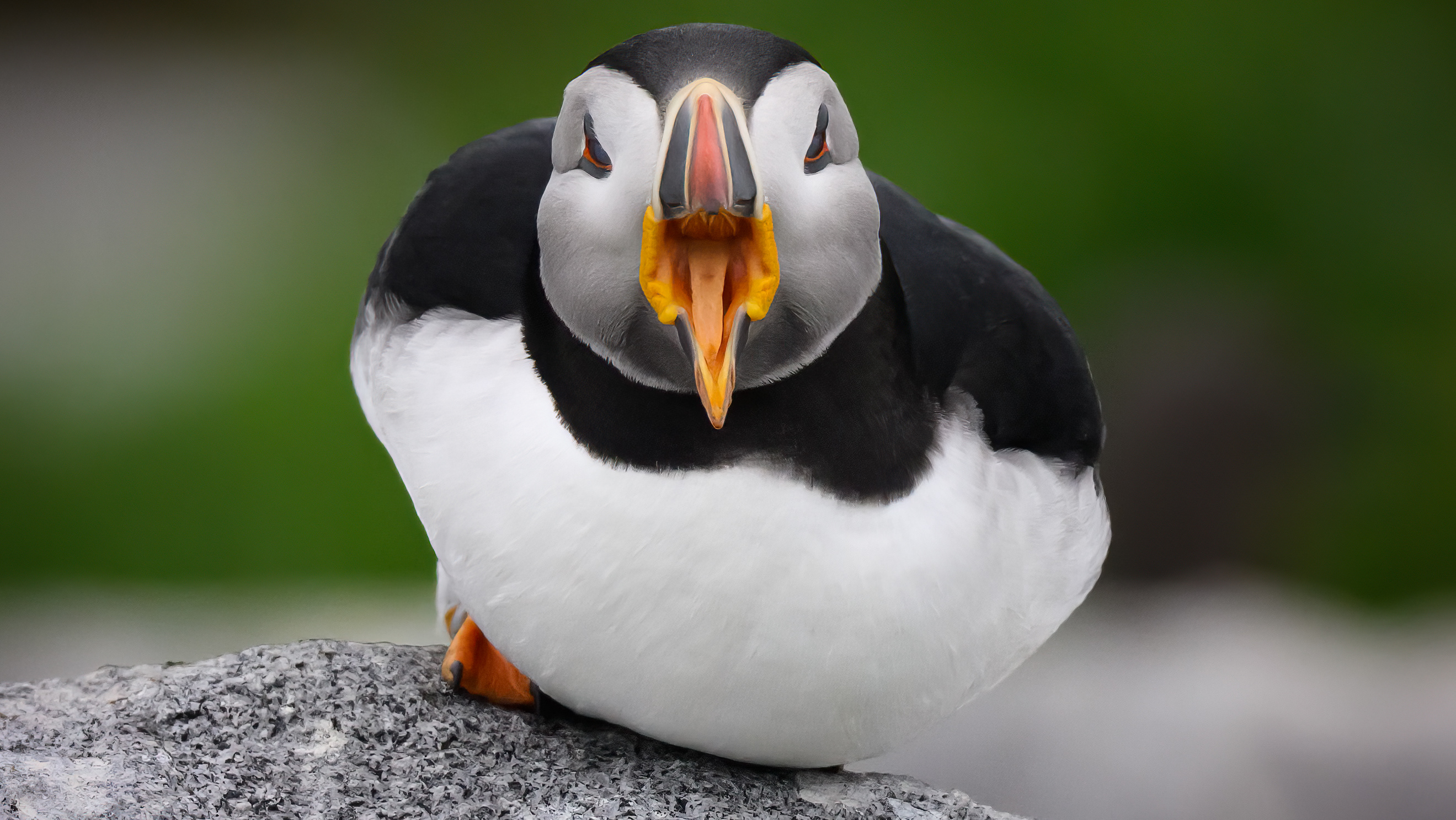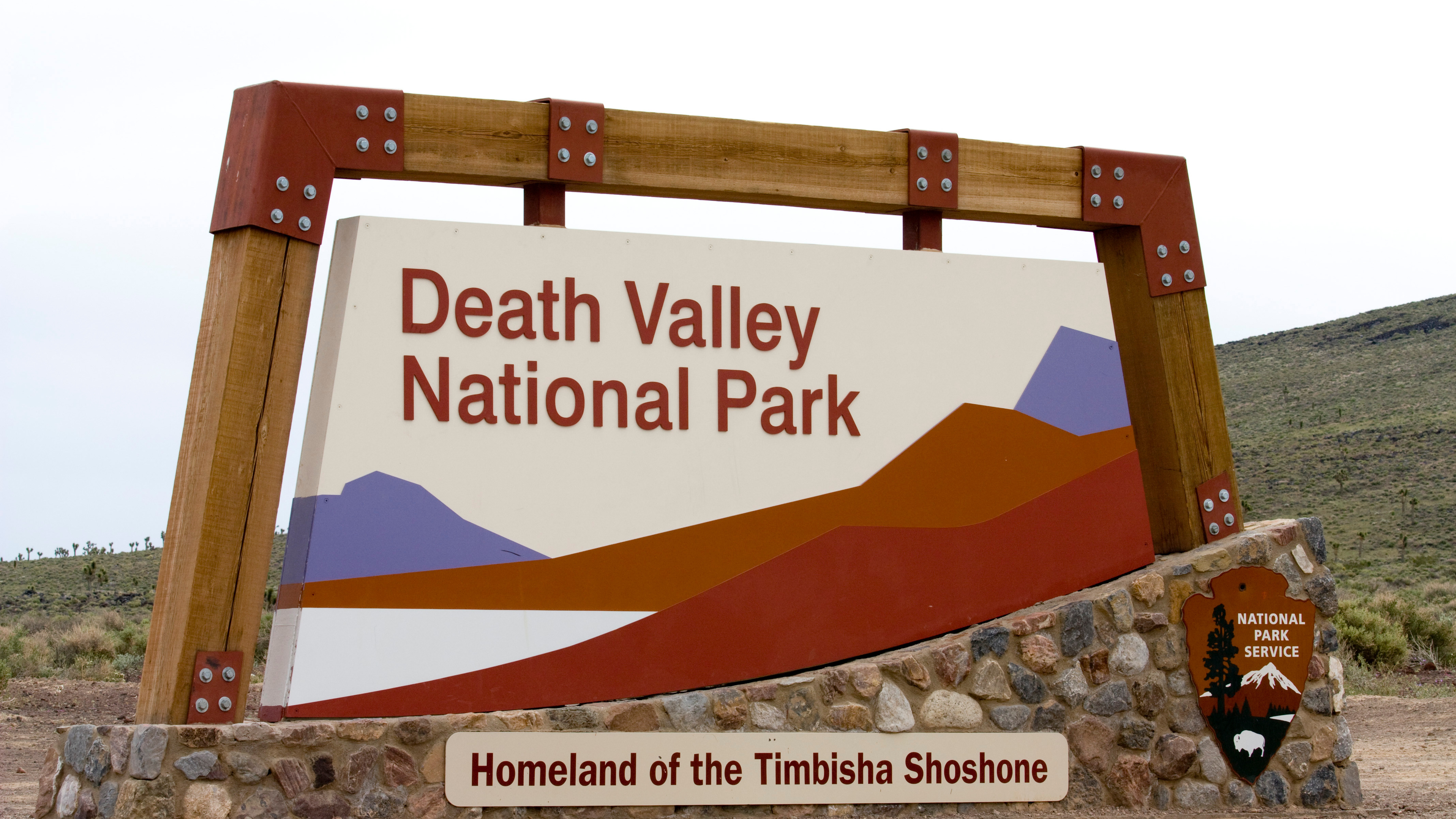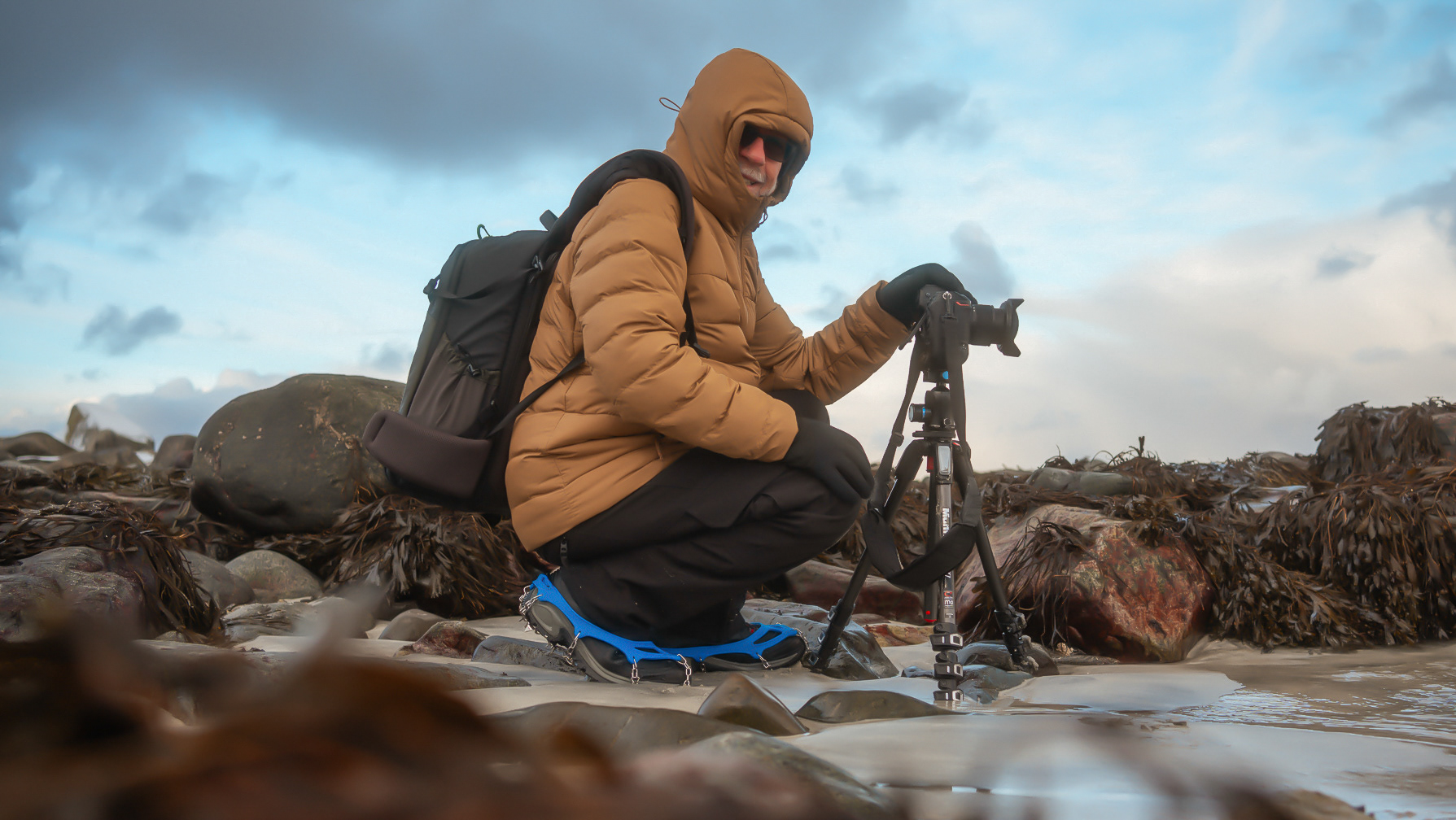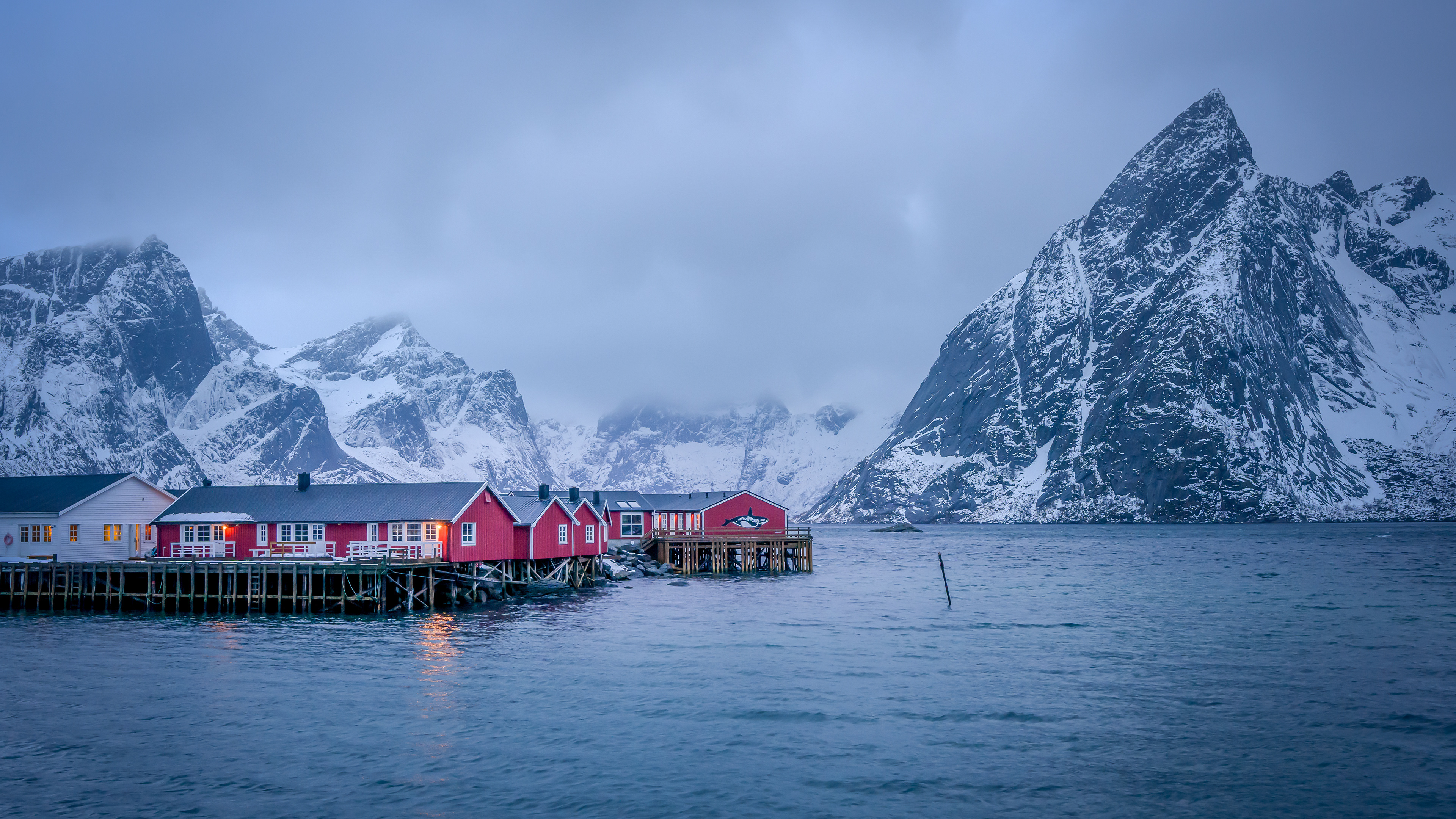
Our view after leaving the apartment and turning left.

It’s a pleasant surprise to discover canals, walkways, and bridges in this neighborhood.

Tommy in front of the Nobel Peace Center
Norwegians have long appreciated the therapeutic benefits of using saunas with a refreshing ocean dip. This practice is beneficial for health and social connections and encourages people to push their boundaries to improve their mind, body, and soul. Along the Oslo waterfront, there are private floating saunas available for rent. Four locations near the Opera and SALT can accommodate up to ten people each.
One of the many bathhouses along the waterfront. Jump in the frigid water, climb out, and head straight for the sauna. Nope, I didn't try it. Reservations were a week out ;-)
Tommy stands in front of Freiauret, also known as the Freia sign, which is one of Oslo’s most iconic landmarks. It's prominently perched above Egertorget Square along Karl Johans gate, the bustling main street of Oslo. Oslo’s Sweet Icon
The Royal Yacht Norge was a gift from the people of Norway to King Haakon VII in 1947 following a nationwide fundraising campaign. It's owned by His Majesty the King but is manned and maintained by the Royal Norwegian Navy. Today, the King uses the Royal Yacht in regattas, using the ship as a base during major yacht races. In recent years, he has competed in several regattas in European waters.

Here you really get a sense of how large this building is. Earlier, there were kids riding their bikes down the ramp behind me!

Seems like a long way up.

Tom and Tom at Holmenkollen

Holmenkollen Ski Arena

Though this photo was taken in summer, you get a pretty good idea how enormous the ski jump is. Photo courtesy of Bjarne, Adobe Stock

Not far from Holmenkollen, we stopped at the Oslo ski school. There were lots of kids there that day.

Oslo Ski School

At Gratishaugen, Kollentrollet is a troll sculpture created by Norwegian sculptor Nils Aas, overlooking the Holmenkollen Ski Jump Arena.
At the top of Holmenkollen is the Frognerseteren (Restaurant) with panoramic views of Oslo and the Oslo Fjord. It's a popular stop along the many cross-country ski trails nearby. The building is designed in the "Dragestil" (dragon style), with exposed timber walls, dragon head decorations, and steep roofs.
We had lunch at Frognerseteren, which offers a buffet featuring Norwegian dishes and a variety of pastries and desserts. Sitting in the dining area next to a warm fire in the fireplace was nice. Speaking of fireplaces, the one here is a Scandinavian open fireplace, and the hearth is made of solid soapstone, which does a great job retaining heat.
The Scandic Holmenkollen Park Hotel is perched high above Oslo, resembling a palace from a Norwegian fairytale. It offers stunning views of the city and the surrounding landscape.
On the other side of the road from Frognerseteren Restaurant, you'll find a re-creation of a traditional Norwegian farm featuring sod roofs. For centuries, houses in Norway have used turf for roofing. This method has several advantages: the roofs are quite heavy, which helps stabilize the structure; they offer excellent insulation; and they are durable, providing long-lasting protection.
Here is another view of the Norwegian farm across from the Frognerseteren Restaurant. A cross-country ski trail in front of the farm, and a skier is heading towards it. It's a definite workout to ski uphill, and this trail has many.

I'm not sure of the title of this sculpture or the one in the middle, but I'm calling both "Intertwined."

The stunning "Monolith" depicts 121 intertwined men and women clinging on and climbing over one another while younger children clamber at the very top. According to the Vigeland Museum, the sculpture has been interpreted as “a kind of vision of resurrection, and our longing and striving for spirituality.”

A piece often referred to as "Motherhood" or "Woman with Two Children riding on her Back."

One of the most famous statues of the park is Sinnataggen, a statue of an angry baby that clenches its fists. If you step close, you’ll notice that one of the baby’s hands is shining. That’s because many tourists believe that touching the statue’s hand brings good luck. I didn.t find out about this until later so I didn't touch it.

Tommy, Tommy, so many things I could say but I won't :-)


This is the central fountain, though it's turned off in winter. The tree groups here represent a romantic expression of man's relationship to nature. They also form the setting for life's evolving stages, stretching from childhood and adolescence through adulthood to old age and death.
Gols Stave Church, Norske Folkemuseum
Setesdal farmstead at Norsk Folkemuseum
The Setesdal farmstead at Norsk Folkemuseum is a typical row farmstead with two homesteads. This is why there are two of most buildings, although some outbuildings are shared between the two homesteads. Image used under license from Adobe Stock/Mirek






